The welder needs to choose the right types of welding joints for the job, based on the need of the joint to withstand the demands according to the industrial application.
A skilled welder is motivated by creativity, patience, and an eye for detail. Being a successful welder requires in-depth knowledge regarding various welding practices and techniques, including the types of welding joints.
There are countless applications that can be created by welding, and the types of joints require different types of welding as well. According to the American Welding Society, a joint is the “method by which materials join together.
You can find five major types of welding joints that were designed to handle specific requirements. Continue reading to learn about each type and how this can help you succeed in your career:
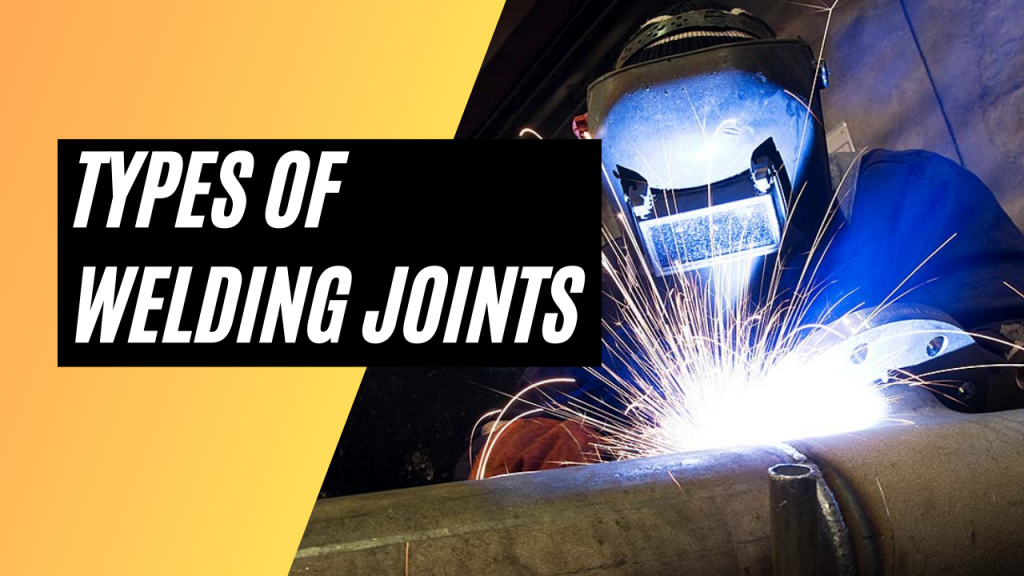
UNDERSTANDING DIFFERENT TYPES OF WELDING JOINTS
An ideal ‘weld joint design’ is the way metal pieces are put together or aligned with each other. How joints are designed affects the quality and cost of a completed weld. This is why the best welding joint design requires skill and attention to detail.
According to AWS, there are five basic types of welding joints commonly used in the industry:
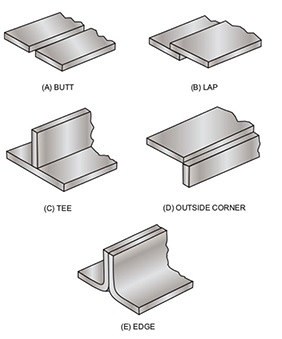
Butt Joint Welding
A butt weld is a joint that is made by joining two pieces of metal along the same plane, they are joined directly by welding. It is the most common type of joint that is used in more complex structures and pipe systems.
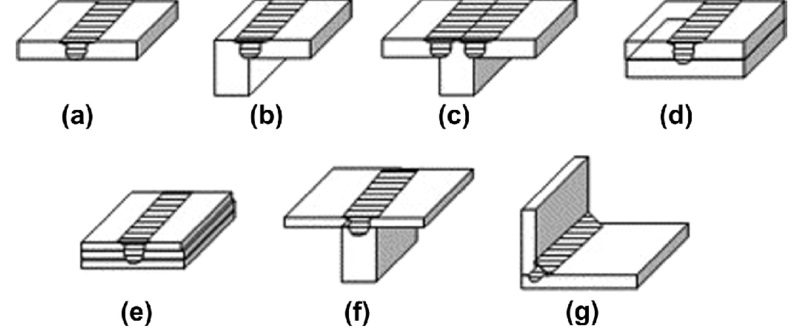
Generally, butt welds are used to produce structures, such as piping systems, that are attached together in a way that resists being separated. They are not too complicated to make, since there are a variety of methods involved.
Typical butt weld joints include groove shapes, layering techniques and gap width. The following examples illustrate typical fabrication techniques for butt weld joints.
- Square
- Single bevel
- Double bevel
- Single J
- Double J
- Single V
- Double V
- Single U
- Double U grooves
Welding increases the strength of the weld by finishing the faying surface while welding to make it more uniform. This edge preparation process improves the strength of the weld.
Both sides of the butt joint can be prepared differently, or they may be prepared using the same edge preparation process.
The following are reasons why faying surfaces need to be prepared for welding:
- Codes and standards
- Metals
- Deeper weld penetration
- Smooth appearance
- Increased strength
Some grooves can be specified by their exact dimensions, including size, shape, and angle. If the necessary dimensions were not determined, the groove could be made to that size. However, wider grooves require more welding to complete.
Often a square butt joint can be used on thin sections of metal to make full penetration welds. As the metal gets thicker, you need a different joint design to ensure a sound weld.
A welder’s chances of getting 100% penetration when welding on thick plates are typically low unless a groove is used.
However, these defects can be avoided by modifying variables such as the welding process for butt joints in order to reduce imperfections such as burn through, porosity, cracking or incomplete penetration.
Tee Joint Welding
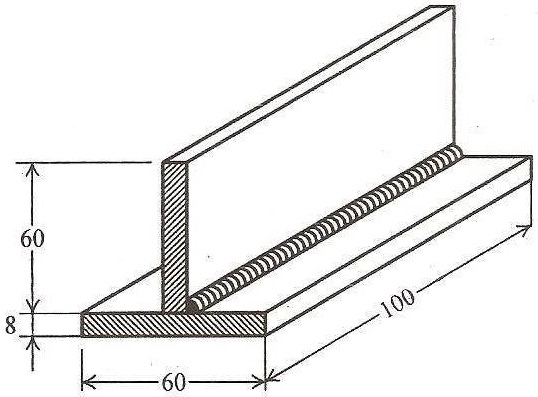
Tee joints are formed at a 90° angle by connecting two pieces. This causes the edges of the plate or component to come together in the center in the shape of a ‘T’. This also happens when a tube or pipe is welded onto a base plate.
A tee joint can be made in a number of ways, each with its own advantages and shortcomings. Here are a few welding styles you can use to make a tee joint:
- Plug weld
- Slot weld
- Bevel-groove weld
- Fillet weld
- J-groove weld
- Melt-through weld
- Flare-bevel-groove weld
A common defect with tee joints is lamellar tearing, which occurs when the base metal is relatively soft and metal welds to each side at an uneven angle.
Corner Joint Welding
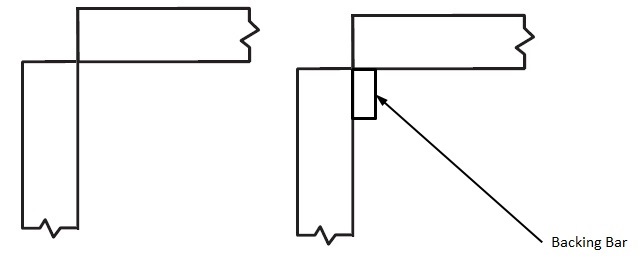
There are several common welding joints around each corner. A centrally placed metal component lies in the tee joint, whereas in the corner joint, the metal is assembled either in an open or closed manner, forming an ‘L’ shape.
The disadvantages of corner joints include lamellar tearing and corrosion due to overlapping materials, which are typically used for thinner materials.
However, like with anything, this can be prevented by following the correct technique and modifying variables when required.
Edge Joint Welding
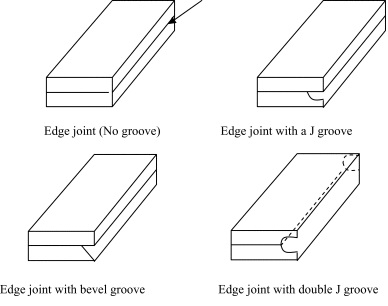
Edge joints are formed by placing metal surfaces together so that the edges are straight. One or both of the plates may be bent at an angle.
Welding joints are used to join parts so that tensile stresses are appropriately distributed.
It depends on both the joint design and the weld integrity whether a welded joint will resist these forces. Some joints can withstand certain types of forces better than others.
Welding processes have essential properties that influence joint design selections. For example, production rate, penetration, deposition rate, and heat input have all been shown to affect welds on some joint designs.
Edge joints can be applied in the following styles:
What It Means to a Career in Welding
Welders need to understand the physics of joint design, enabling them to distinguish and anticipate what forces will be applied to the field’s weldment.
Engineers use static and dynamic loading computer programs to determine the weld’s strength requirements.
The welder of today has the responsibility to understand the types of forces applying to the weldment and determine the best joint design to prevent these from causing the failure of the structure.
A weld joint with a poor configuration can cause cracking or lamination of the weld metal and material. Therefore, skilled welders need to control the variables to avoid these defects.